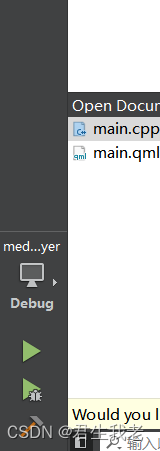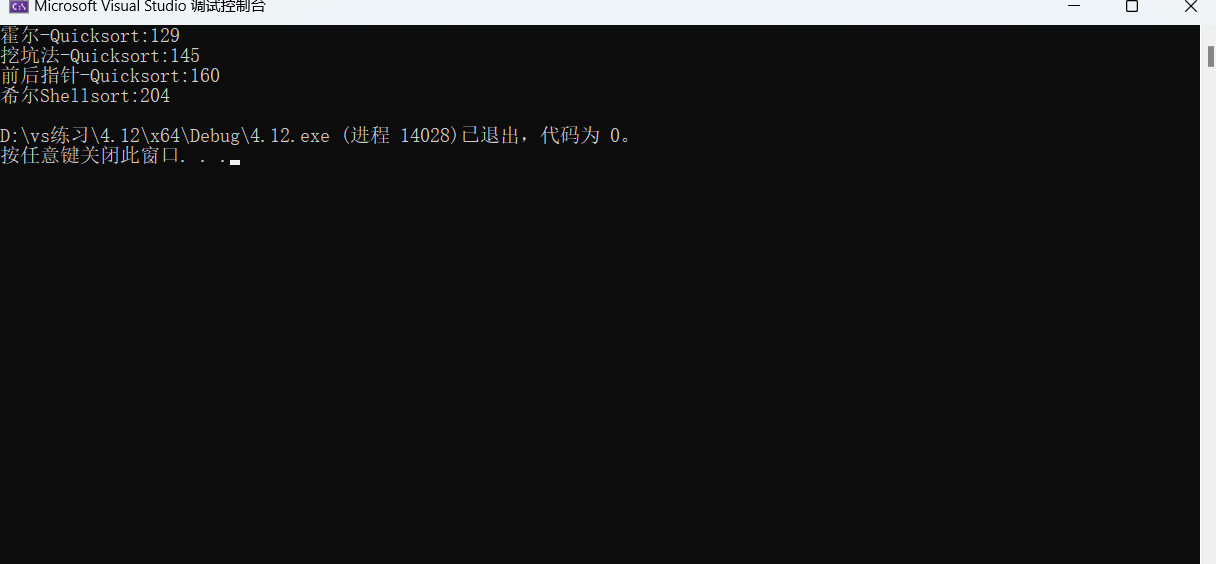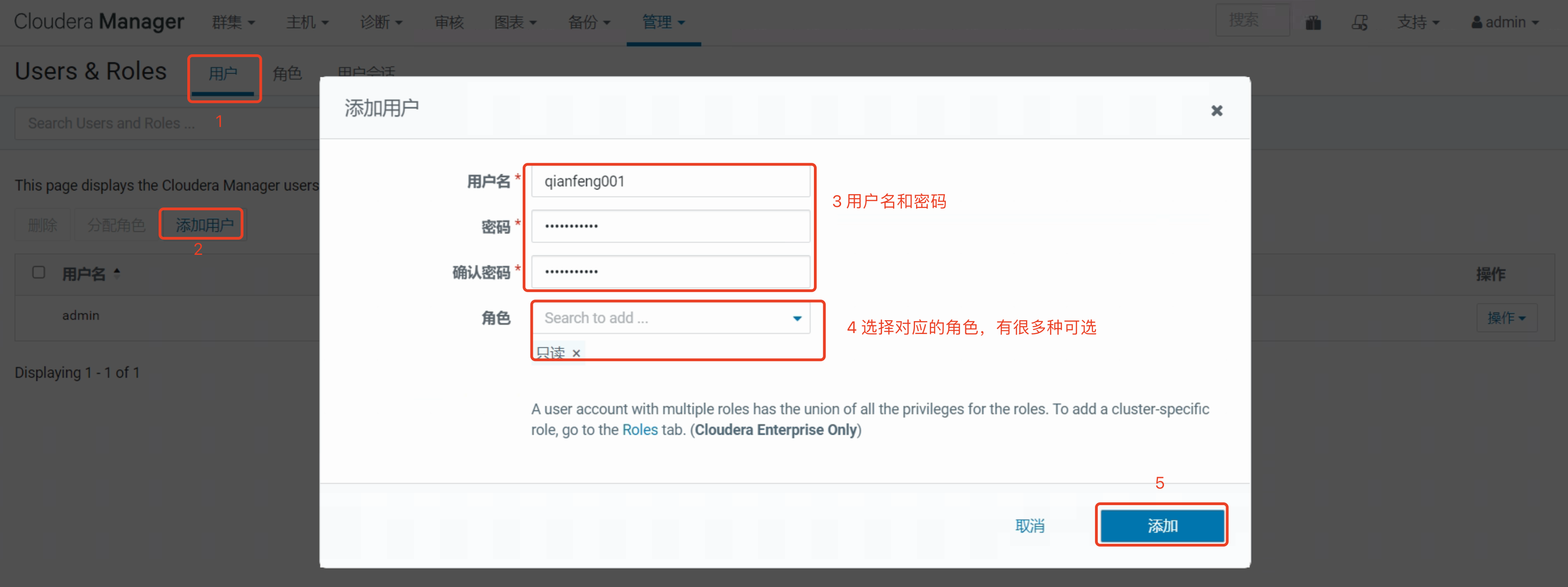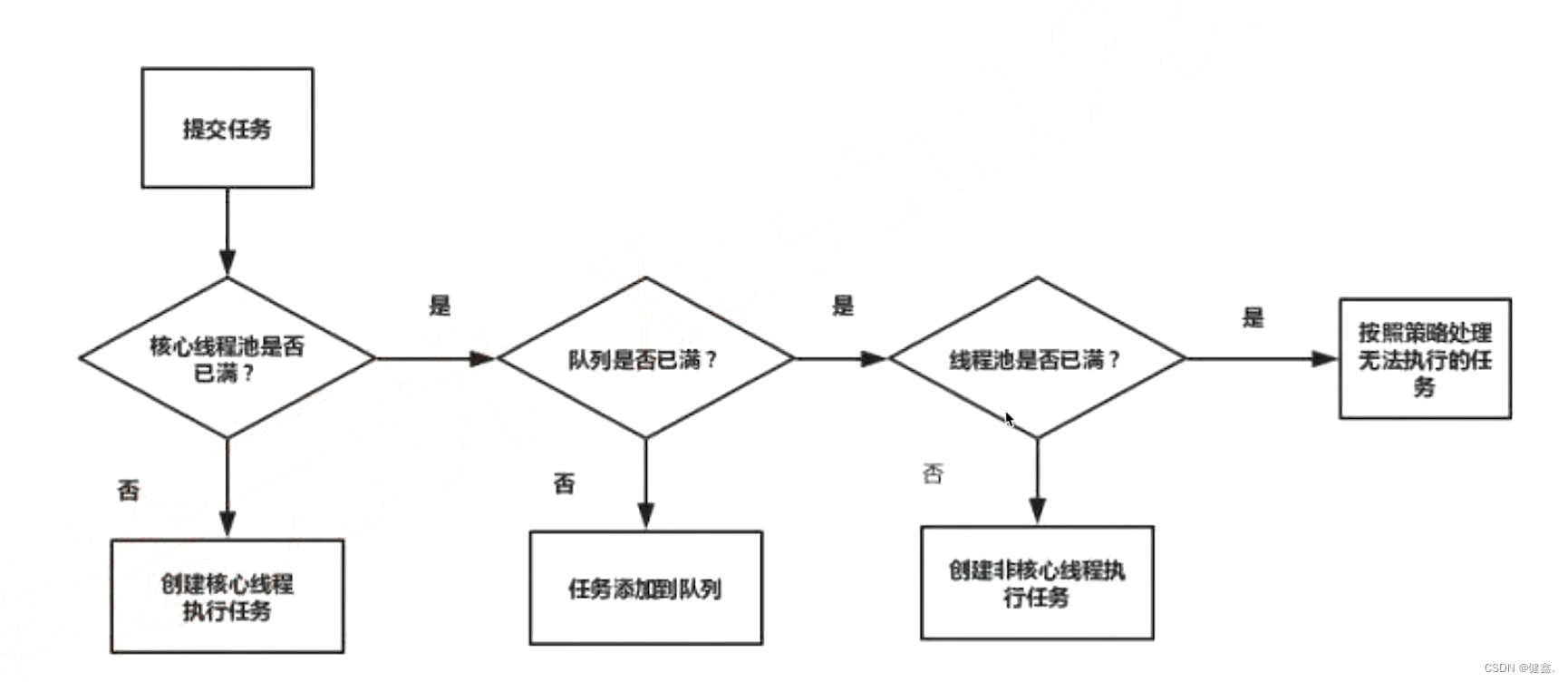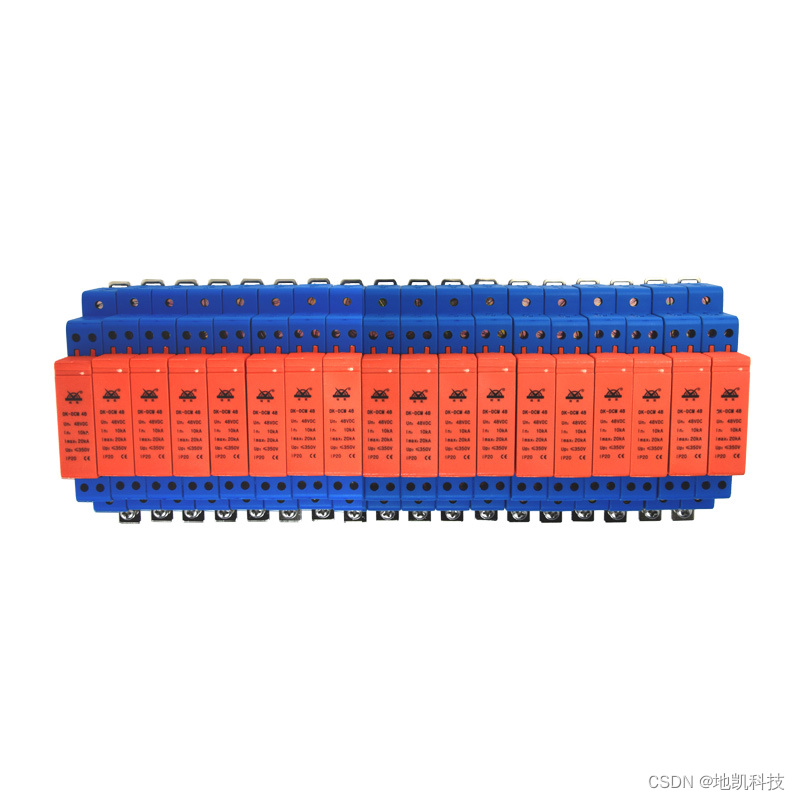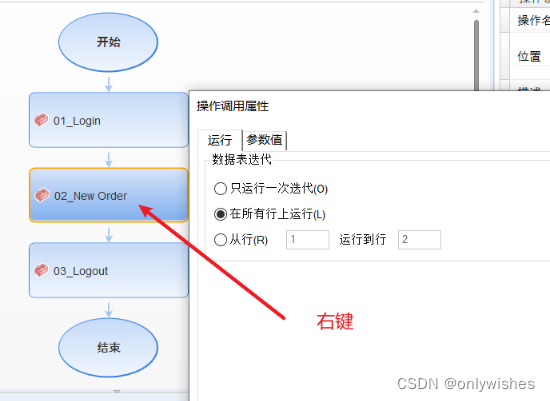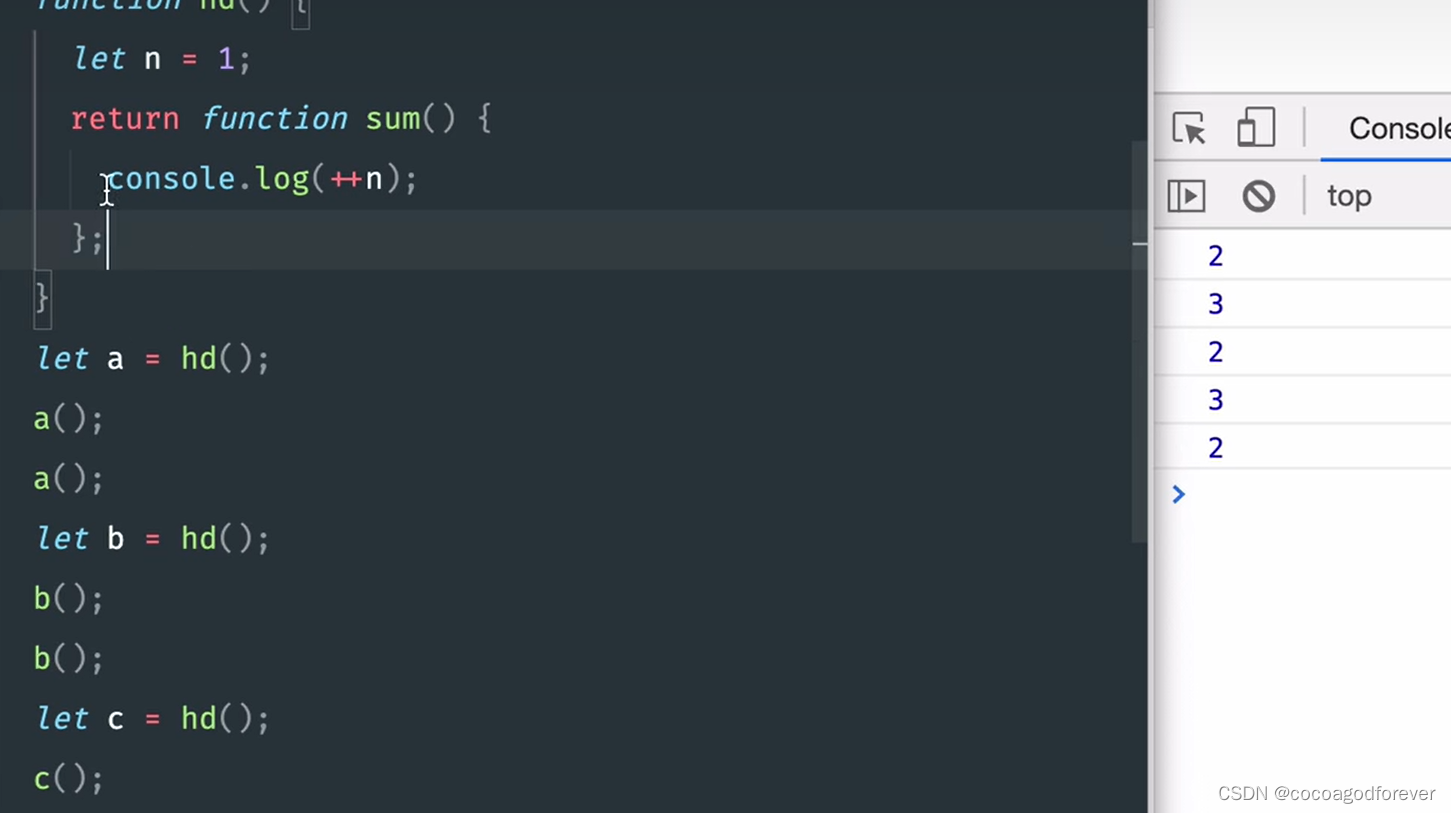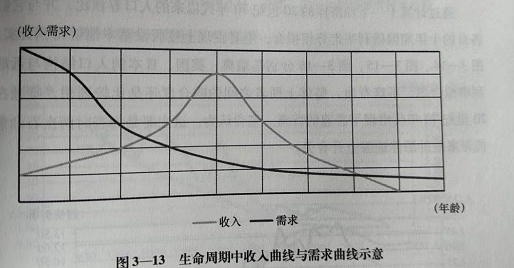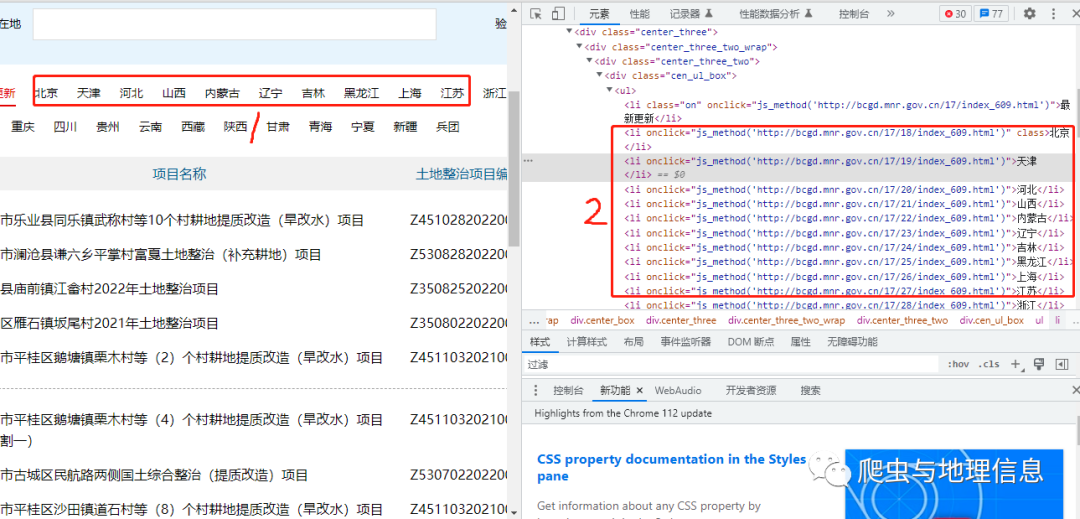背景
对于这个问题,我们先来思考一下数组和链表各有什么特点。
数组:连续存储,push 很快,shift 很慢。
链表:非连续存储,add、delete 都很快,但是查找很慢。
所以,我们可以得出结论,链表实现队列更快一点。
思路
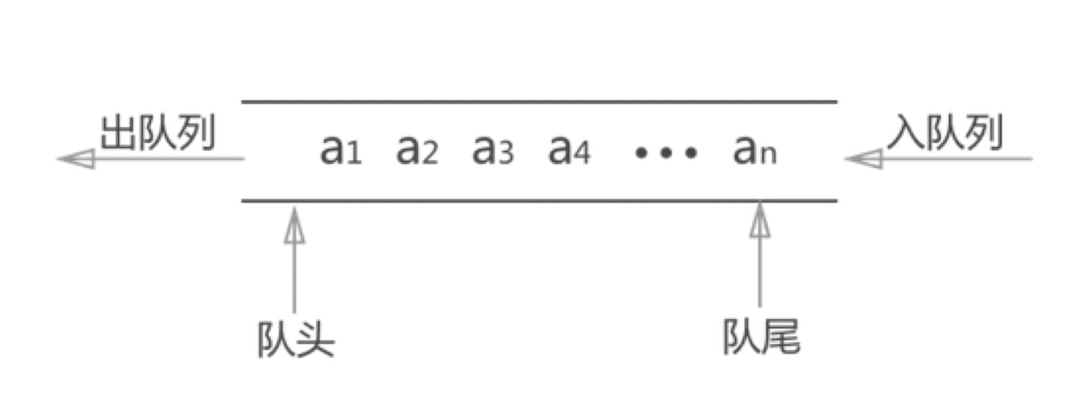
注意:
- length 不能遍历,在add和delete的时候对应的增减length
- 注意处理头部和尾部
- 队尾部入队,队头部出队。入队的时候把tail指向当前节点,出队的时候把 head 指向当前 head 的next
代码
interface IListNode {
value: number
next: IListNode | null
}
export class MyQueue {
private head: IListNode | null = null
private tail: IListNode | null = null
private len = 0
/**
* 入队,在 tail 位置
* @param n number
*/
add(n: number) {
const newNode: IListNode = {
value: n,
next: null,
}
// 处理 head
if (this.head == null) {
this.head = newNode
}
// 处理 tail
const tailNode = this.tail
if (tailNode) {
tailNode.next = newNode
}
this.tail = newNode
// 记录长度
this.len++
}
/**
* 出队,在 head 位置
*/
delete(): number | null {
const headNode = this.head
if (headNode == null) return null
if (this.len <= 0) return null
// 取值
const value = headNode.value
// 处理 head
this.head = headNode.next
// 记录长度
this.len--
return value
}
get length(): number {
// length 要单独存储,不能遍历链表来获取(否则时间复杂度太高 O(n))
return this.len
}
}
// 功能测试
const q = new MyQueue()
q.add(100)
q.add(200)
q.add(300)
console.info('length1', q.length)
console.log(q.delete())
console.info('length2', q.length)
console.log(q.delete())
console.info('length3', q.length)
console.log(q.delete())
console.info('length4', q.length)
console.log(q.delete())
console.info('length5', q.length)
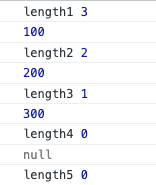
接下来对比一下数组实现队列和链表实现队列的速度:
// 性能测试
// 链表实现的队列
const q1 = new MyQueue()
console.time('queue with list')
for (let i = 0; i < 10 * 10000; i++) {
q1.add(i)
}
for (let i = 0; i < 10 * 10000; i++) {
q1.delete()
}
console.timeEnd('queue with list') // 17ms
// 数组实现队列
const q2 = []
console.time('queue with array')
for (let i = 0; i < 10 * 10000; i++) {
q2.push(i) // 入队
}
for (let i = 0; i < 10 * 10000; i++) {
q2.shift() // 出队
}
console.timeEnd('queue with array') // 431ms

测试用例
import { MyQueue } from './queue-with-list'
describe('链表实现队列', () => {
it('add and length', () => {
const q = new MyQueue()
expect(q.length).toBe(0)
q.add(100)
q.add(200)
q.add(300)
expect(q.length).toBe(3)
})
it('delete', () => {
const q = new MyQueue()
expect(q.delete()).toBeNull()
q.add(100)
q.add(200)
q.add(300)
expect(q.delete()).toBe(100)
expect(q.delete()).toBe(200)
expect(q.delete()).toBe(300)
expect(q.delete()).toBeNull()
})
})
复杂度对比:
add 函数时间复杂度:
链表:O(1),数组:O(1)
delete 函数时间复杂度:
链表:O(1),数组:O(n)
栈、队列和数组、链表的区别
栈、队列是一种逻辑结构,是比较抽象的概念。
数组、链表是物理结构。任何的编程语言都有自己的数组(有的没有),可以说数组来实现栈的结构。
同样,任何编程语言都可以实现链表,只不过一般不会有具体的链表API,不像数组,但是也是用编程语言来实现的,和数组的本质是一样的。
数组和链表都可以实现队列,但是链表实现起来性能更好。
一句话总结:数组实现栈,链表实现队列。
